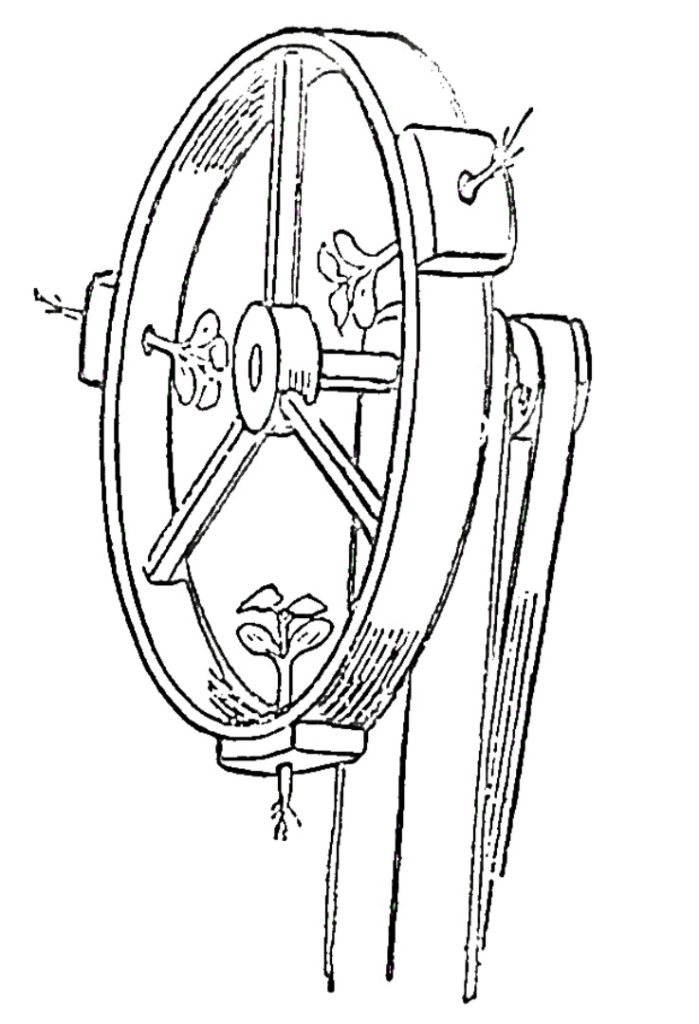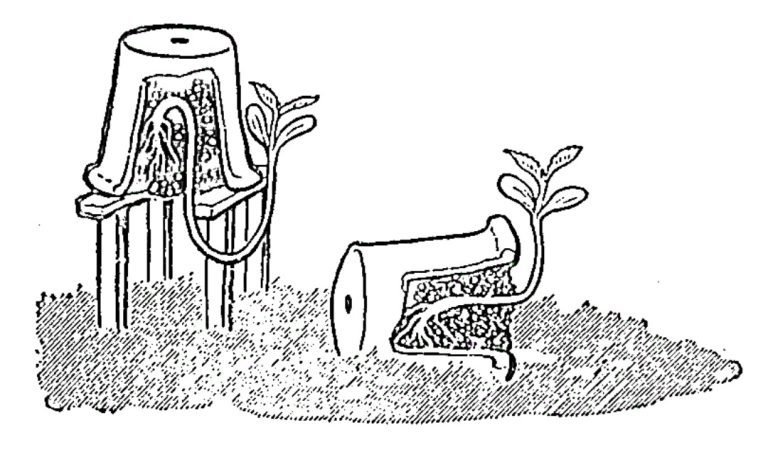Eighty years ago, the renowned British biologist Newton observed a peculiar phenomenon: when apples fell to the ground, he wondered why they didn’t go upwards. After conducting research, it was discovered that there is gravitational pull towards the center of the Earth, which causes apples to fall downwards.
If there is gravitational pull towards the center of the Earth, why do plants grow upwards? It seems that plant growth is not influenced by gravitational pull towards the Earth.
In reality, it’s quite the opposite. Plants strictly grow according to the direction of gravitational pull towards the Earth. Plant roots always grow downwards, while stems grow upwards away from the Earth.
If you doubt this, take a bean seed and place it in a moist environment. Soon, it will germinate. The root emerges first, followed by the stem. Regardless of how you position the bean seed — upright, flat, or upside down — the root always grows downwards towards the soil, and the stem always grows upwards. If you place the germinated bean seed in humid air, within a few hours, the root will curve downwards, and the stem will curve upwards.
This demonstrates that plant growth is greatly influenced by gravitational pull towards the Earth. The tendency of roots to grow downwards is called geotropism, while the tendency of stems to grow upwards is called negative geotropism or orthotropism.

What if there were no gravitational pull towards the Earth? This is a very interesting question.
In the early nineteenth century, a scientist devised a clever experiment to investigate this question. He placed various plant seedlings on the rim of a small millstone that rotated around a horizontal axis. This rotation created centrifugal force, which effectively countered gravitational pull towards the Earth. Consequently, the plants grew horizontally according to centrifugal force: roots grew outward, and stems grew inward, rather than upwards or downwards.
Since it’s established that plant growth is influenced by gravitational pull towards the Earth, why do roots grow downwards while stems grow upwards? Many scientists subsequently investigated this question.
The answer was eventually found: plants produce a substance called auxin internally, and roots and stems respond differently to this substance. Auxin accelerates cell growth in stems but inhibits it in roots. When a plant is placed horizontally, auxin flows downwards within the plant. As a result, the stem grows faster on the underside and slower on the upper side, causing it to curve upwards. Conversely, the root grows slower on the underside and faster on the upper side, causing it to curve downwards.
Thus, plant roots always grow downwards, and stems always grow upwards due to this characteristic.
This characteristic of plants is advantageous for their survival. Roots must grow downwards to penetrate the soil and absorb nutrients and water, while stems must grow upwards to receive sunlight for photosynthesis.
Without these adaptations, plants would struggle to survive and would be eliminated by natural selection.
Therefore, nature preserves these characteristics of plants.

